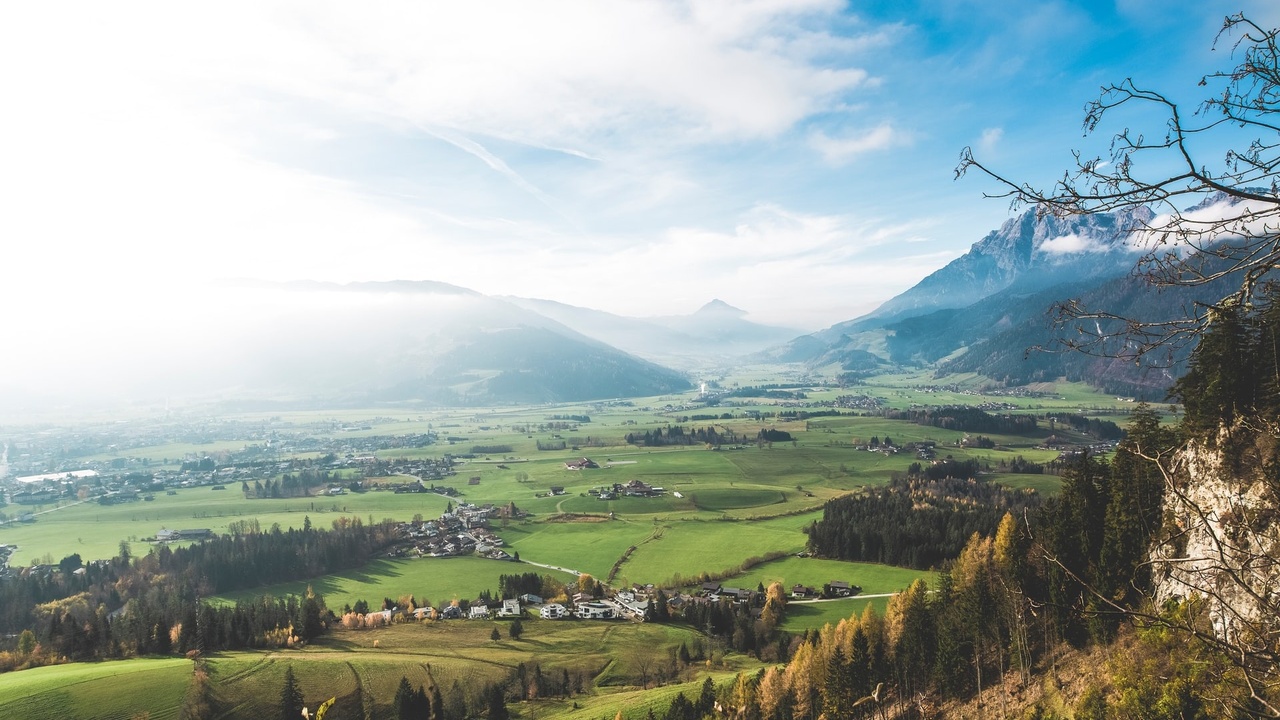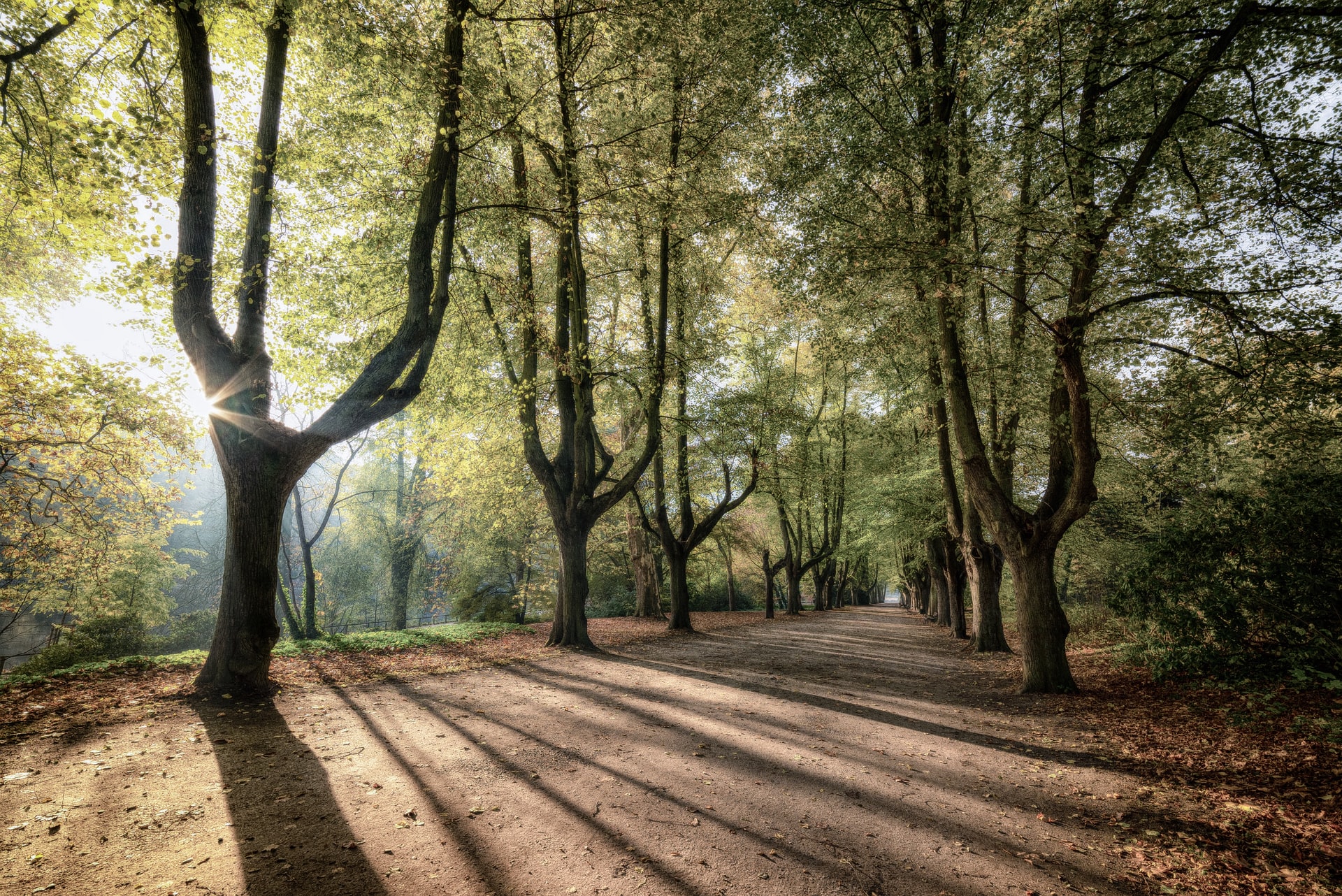Sustainable wellbeing and green living
Let's find ways to Flourish!
Beyond less bad using Cradle to Cradle

So many of the so-called sustainable living ideas and suggestions really only scratch the surface. They are superficial ideas that only slightly stall the inevitable linear model of resource extraction - material goods - waste. Even the feel-good efforts of making fleece jackets out of recycled pop bottles only slightly delays that plastic's inevitable fate of becoming waste and ending up in the landfill.
That's where solutions that create systems-level change come in as important real fixes for the systems that aren't working. Cradle to Cradle is one of these concepts that bring our human-made systems into alignment with natural systems by mimicking the natural world.
The origins of Cradle to Cradle
The ‘Cradle to Cradle’ concept was coined by Michael Braungart and William McDonough and is discussed in detail in their book ‘Cradle to Cradle: Remaking the Way We Make Things’ published in 2002.
In short, the Cradle to Cradle concept is a reinvigorated way of looking at our lifecycl...
The simple way to enhance your life

“Joy does not simply happen to us. We have to choose joy and keep choosing it every day.” - Henri Nouwen
The practice of gratitude has proven to have a substantial impact on the wellbeing and happiness of individuals who consistently express thankfulness for the things and people in their lives, no matter how big or small.
It is important to keep in mind that nobody’s life is perfect. We all experience negative emotions and difficult circumstances but being able to acknowledge the things you are grateful for is an important part in helping you overcome your struggles and feel content with your life.
In fact, one of the best ways to identify your gratitude is by visualizing your life without the positive events that you have experienced. By imagining the absence of these events, you will be able to develop an even stronger appreciation that they did in fact occur and are present in your life.
How you can express gratitude
In expressing gratitude, you will be able to change your...
The Natural Step for strategic sustainability

"If we think systematically, we will stop asking, How much is nature worth? We will know that we are a piece of nature ourselves." - Karl-Henrik Robèrt, The Natural Step Founder
Want strategic sustainability in your organization? Use The Natural Step method.
The Natural Step is a global network of non-profit organizations with a collective vision of a sustainable society and a mission to facilitate this transition.
With partners in 54 countries, The Natural Step International is striving to transition towards a fully sustainable global society by taking actions to support ecological, social, and economic sustainability. It is a science-based holistic approach that encourages work across disciplines to plan effectively.
The Natural Step was founded in Sweden in 1989 by scientist Karl-Henrik Robert. Robert outlined 4 system conditions for the sustainability of human activities on earth.
These 4 conditions are the basis for the Natural Step mission, which also consists of a fram...
Green Investing and Banking 101

Something we tend to forget about when it comes to green living is our money. The money sitting in our bank accounts or investments may not seem to be a direct cause of greenhouse gas emissions, but the financial institutions we are associated with, as well as our financial investments really can have a large impact on the environment as well as social issues. For better or worse!
While there is no shortage of ways to actively lead an environmentally friendly life - opting for active transportation wherever possible, shopping local, being a part of the sharing economy, composting, zero-waste grocery stores - the list goes on and on. But what about the impact of your money - are your investments contributing to the very issues that have you worried for the future?

Getting Started with Green Investing
So, where do we get started? There are two basic considerations when delving into the issue of green investing. First, we can avoid polluting sectors and industries and second, we can ...
Getting the most out of your food choices

The natural world very directly impacts our physical, mental, and emotional health every single day, whether we realize it or not. And yet, it can be easy to forget about the deep connections we share with nature.
Sure, we know that clean air and clean water correlate directly with our health. But we rarely think deeper than that.
We also depend on trees, plants, and algae to produce the oxygen we breathe in and recycle the CO2 we breathe out. Carbon sinks such as wetlands and forests play an important role in mitigating the effects of pollution by drawing large amounts of carbon out of our atmosphere.

Healthy water systems do so much more than provide us with clean water. They transport nutrients, mitigate flooding, support local biodiversity, and work to remove toxins and waste from our surroundings.
These ecosystem services are of vital importance in our day-to-day lives.
Our bodies and our environment
On a much smaller scale, our relationship with our environment is reflec...
One Year of Sustainable Wellbeing Activities

Sustainable wellbeing is the intersection of personal wellbeing with social and environmental sustainability. By pursuing sustainable wellbeing, we can feel good about ourselves while taking care of the planet and community we live in!
While finding sustainable wellbeing is our goal, it might seem easier said than done. You might find yourself wondering “what exactly does sustainable wellbeing look like?” or “what concrete steps can I take to achieve sustainable wellbeing?”
Well, there isn’t one path towards sustainable wellbeing. The truth is that sustainable wellbeing looks different for everyone. The steps you take to improve your mental, physical, and spiritual wellbeing are likely to be determined by your own lifestyle, values, personality and more.
That being said, it certainly can be difficult to forge your own path at times. If you struggle with thinking of ways to achieve sustainable wellbeing, you’re not alone! Staying inspired isn’t always an easy task – which is why I ha...
The secret to getting the most out of your time in nature

“Everybody needs beauty as well as bread, places to play in and pray in, where nature may heal and give strength to the body and soul.” – John Muir
Humans have been connected to nature since the dawn of time, but as our lifestyles continue to change and evolve, people are spending less time outdoors.
This means a feeling of a lost or broken connection between us and the natural world. We sometimes think of nature as being quite separate from us, and just - out there - in the woods or what we see while on vacation. but the reality is that nature is all around us all the time, and we interact directly with it, we are just not aware of these interactions.
Really, do you think about the sun's energy in that spaghetti sauce? Or did you consider the role of the bees in pollinating your apple? Probably not.
The same thing is often true of our time spent outdoors. We are often more aware of the need for sunscreen or insect repellent than we are of the intricate web of life all around u...
Stop Chasing and Start Cultivating Happiness

Sometimes it seems like western culture is obsessed with happiness. Perhaps you know people who are almost like adrenaline junkies chasing their happiness. But I think a big part of the problem here is that we have a poor understanding of what happiness is and that leads us to pursue what is inherently fleeting.
So, if you really want those good feelings on a long-term basis, regardless of what life brings us, that is possible, but we need to revise the way that we define happiness.
It can be hard to know where to begin when we try to define happiness. With so many different definitions out there, and the highly personal aspects of the concept of being happy, defining the word happiness presents a unique challenge.
It is also important to understand the meaning of a few other terms within the context of happiness and greater overall wellness to better understand what we mean when we say we are happy, and what we are really seeking in our quest for overall wellbeing.
Happiness
Happ...
How Ecofeminism shows us the path to a sustainable future

"You cannot step twice into the same river." - Heraclitus
We too are the embodiment of change, our experiences change us inwardly and outwardly, and, as it turns out, the same is true of the environmental movement. Where we once talked about sustainability being related to ecological, economic and social, we have an evolving understanding of sustainability.
Where we once may have been silent on the relationship between social justice and sustainability, we now voice that they are integrally linked. And these connections can be expansive and help us to understand on a new level the roots of the problems and, hopefully, gain insight into the solutions.
The concept of Ecofeminism is not new, however, we can continue to be informed by looking at the issues from a feminist perspective.
Ecofeminism is described as the development of new consciousness for all of life and was first introduced by Francoise d’Eaubonne, a French feminist, in 1974.
Ecofeminism highlights that the devaluat...


